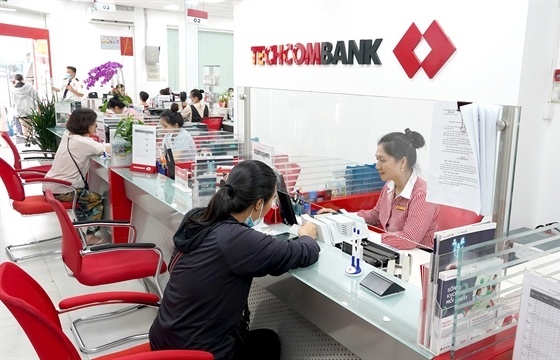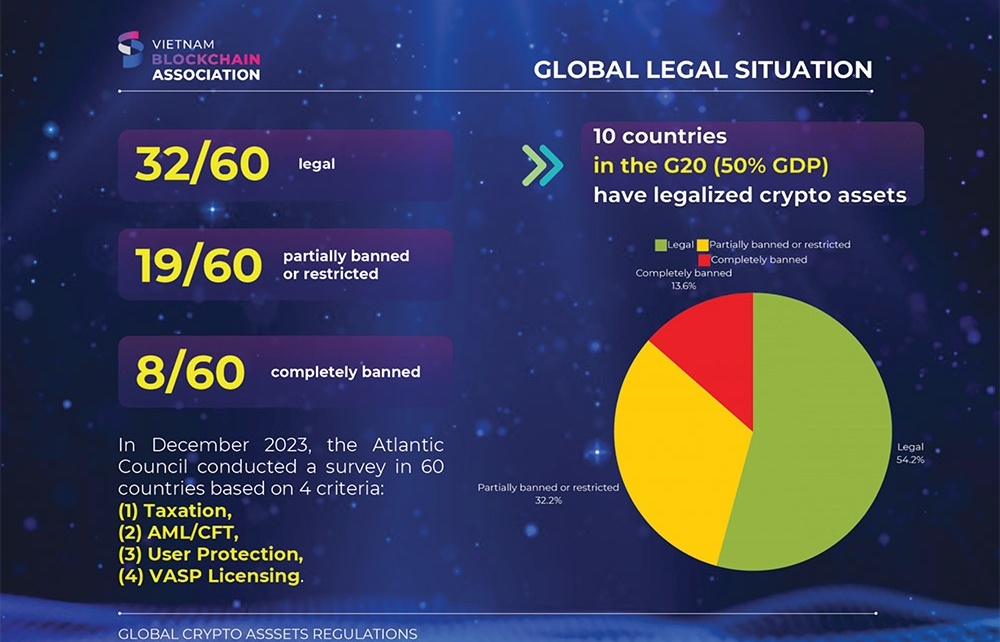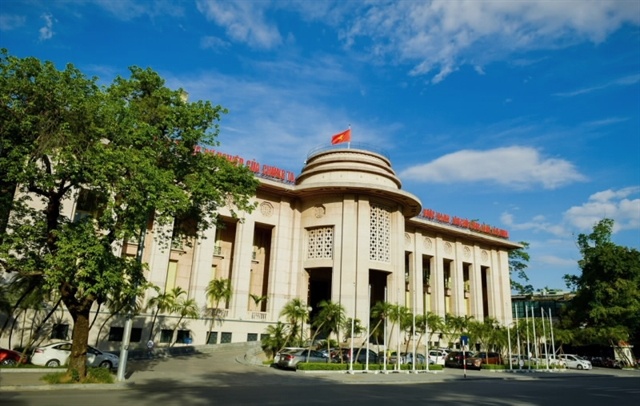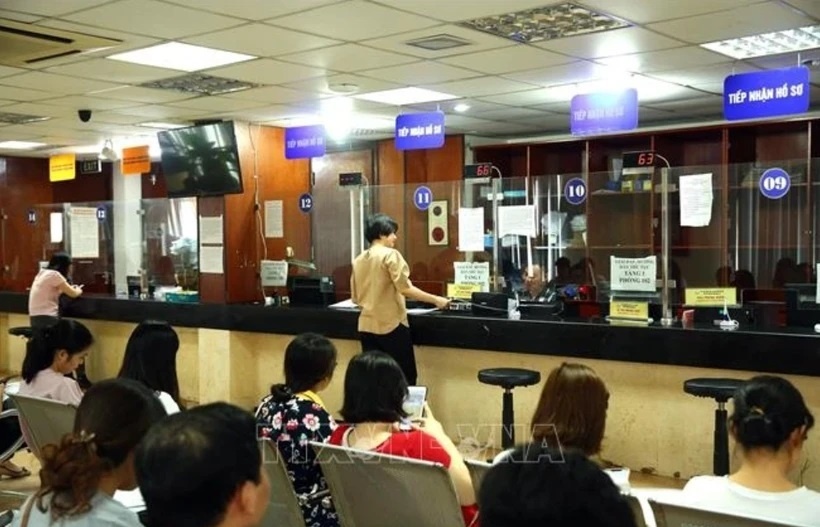Learning to stand up for the little guy
A bullish stock market in the last quarter of 2006 and the first quarter 2007 witnessed irrational investors chasing listed shares for interesting prices. Listed firms have taken this opportunity to issue new shares at best prices and least costs.
 A lack of investment knowledge has cost the market’s little players |
Over the first half of 2007, of the 194 listed firms on the Hanoi and Ho Chi Minh City stock exchanges, 105 companies issued new shares (stock dividends and new issues) amounting to 748,000 shares and added by 30 per cent to existing stocks. Half of these shares were issued by listed banks ACB and STB. Some 55 per cent of these firms raised their number of shares by half and 30 per cent of firms doubled their existing figures. An exceptional case was SJS with 700 per cent shares added. As a result, the listed firms’ total equity increased from VND38,000 billion ($2.4 billion) to VND56,000 billion ($3.5 billion). The capital surplus from the new share issues was VND12,000 billion ($750 million) or equivalent to 31 per cent of the listed firms’ total equity.
There is no doubt that issuing firms were satisfied at least in the short term as were investors who successfully purchased new shares in the bullish market as they managed to bid and win at very competitive prices.
Prior hot stock market growth was partly explained by fast movement in most listing firms. For example, banking firms’ earnings increased by more than 40 per cent in 2006 and even 80 per cent for some. Real estate, fisheries-led exports, distribution and infrastructure firms all enjoyed more than 25 per cent growth on average. Return On Equity (ROE) reached 21 per cent for all markets.
A bear market soon followed after the peak in mid-March. After a hot growth period, the market’s self-corrective mechanism appeared and the VN Index declined sharply by nearly 30 per cent from the peak of 1,170 to a threshold level around 900 points in the last two weeks. The bear market in the second quarter was mostly explained by the impact of external forces such as negative comments by foreign institutional reports from Merrill Lynch and HSBC. The State Bank’s credit control policy to increase the capital adequacy requirement to 10 per cent and Decision 03 setting an upper limit of 3 per cent for stock investment credit lending.
But, the market seemed to ignore or pay little regard to the impact of diluted shares. A massive increase in the number of outstanding shares raised much concern. In the short run, diluted shares reduced earnings per share and share prices caused a decline in the market index. A recent empirical study conducted by Tan Viet Securities Company’s (TVSI) research group reveals that the PE (price/earning ratio) indicator is largely influenced by EPS (earnings per share) growth and relative magnitude of trailing ROE and the previous year’s earnings in 2006. We have not calculated in detail to segregate the impact of diluted shares on the VN Index during the second quarter, but the fact that the index had fallen from 1,170 to 900 points (24 per cent) in comparison to an increase by 30 per cent in the beginning of the year may suggest a strong relation between new share issues and the index’s sharp fall.
The dilution of shares directly caused stock prices to fall and therefore shareholders’ assets are now worth less. If so, why did firms’ executives prefer to issue new shares even though their assets had devalued? Who were the winners and losers?
Economic theory and empirical evidence support the pecking order theory (firms prefer to use retained earnings first, followed by debt issue and then equity financing). Debt issues for corporate projects are frequently employed in developed countries. There are two reasons. First, exiting shareholders wish to monitor manager’s behavior via lending institutions. Second, the cost of debt issues are much lower than the cost of equity financing. For example, in the US, new share issue costs are about 11.4 per cent of issue sizes on average, even 17 per cent for size issues under $10 billion. In developing countries, the cost of equity issues varies from 4-6 per cent of the size. Presently in Vietnam, we believe that the cost of equity issue is low, roughly 1-2 per cent of the size while capital surplus from new issue was as several times as the par value. Thus, raising capital to finance new projects at the expense of new shareholders at the cheapest cost seems to be a strong motivation for corporate executives. Additional advantages are that corporate management does not have to face lending institutions’ monitoring devices and abandon committed future dividends or tied responsibilities for future cash flows. Therefore, new equity issue gainers would mostly be corporate executives.
Another side of new share issues, we assume, is that executive management rewards are strongly tied to corporate performance.
If this assumption holds, then management must expect higher rewards from new issues. The implication of new issues is the way executive management ends up with invested capital paid-up by new shareholders. Up to this point, small shareholders have no information or any monitoring device to ensure whether managers are acting in their interests.
Who are mostly the losers? This question is hard to answer, but it is believed small, new shareholders have been hurt. These investors usually do not have sufficient information. They pay prices based on the information they possess. As new issue news unexpectedly arrives, share prices quickly fall and shareholders may incur losses in the short run. Future losses may occur if invested capital is exploited inefficiently. We may refer to this issue in another debate.
Corporate executives who decide on new share issues always have inside information that outside investors do not have. This is because that information asymmetry does exist. In a premature market like Vietnam, asymmetric information induced moral hazard behavior (an action that tentatively alters the initial purpose) of managers because the market is absent of monitoring and transparent mechanisms which do not guarantee and enforce corporate executives to act on behalf of shareholders’ interests. We recommend enhanced transparency and self-responsibility in corporate governance to ensure that stock markets work with less noise and better behavior with regards to new share issues.
What the stars mean:
★ Poor ★ ★ Promising ★★★ Good ★★★★ Very good ★★★★★ Exceptional
Related Contents
Latest News
More News
- UOB: USD likely to weaken against the VND (May 03, 2024 | 16:10)
- MUFG pilots sustainable deposit scheme in Vietnam (May 02, 2024 | 10:26)
- VPBank's strategy to revitalise 'zero-dong bank' (May 01, 2024 | 15:52)
- VPBank highlights SMBC deal at AGM (May 01, 2024 | 15:50)
- Forecasts upbeat for banks’ 2024 profits (April 30, 2024 | 18:00)
- Sluggish growth and risks abound in banking arena (April 30, 2024 | 16:08)
- Banks adjust timelines for raising capital (April 30, 2024 | 11:31)
- VBSP provides platform for young entrepreneurs (April 30, 2024 | 09:00)
- Credit rating culture deemed vital for transparency (April 30, 2024 | 08:00)
- Policy credit improves the quality of life on Ly Son (April 29, 2024 | 09:00)



 Tag:
Tag:




















 Mobile Version
Mobile Version